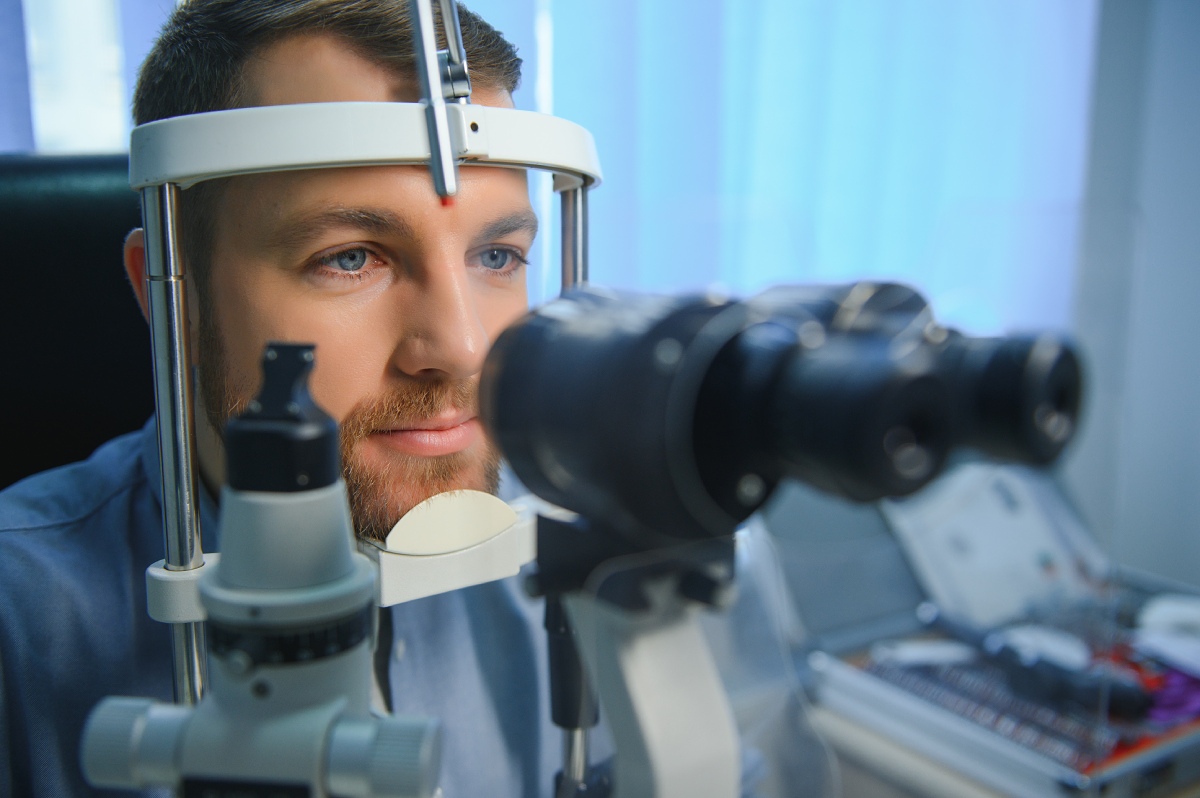When life gets busy, it’s easy to put off scheduling an eye exam. Between work, family, and all the other demands on your time, getting your eyes checked might not always be at the top of your to-do list. But regular eye exams are essential, even if you’re not currently experiencing any vision problems. In this blog, we talk about why regular eye exams are important and how often you should be scheduling them.
Why regular eye exams matter
Even if your vision seems fine, regular eye exams are crucial. These check-ups do more than update your glasses or contacts prescription—they help us catch potential eye health issues early on. Conditions like glaucoma, macular degeneration, and cataracts can sneak up without any warning signs. By the time symptoms appear, the condition may have already caused significant damage. Regular eye exams allow our optometrist to detect these conditions early, often before you’re aware there’s a problem.
Your eyes can also reveal important information about your overall health. During an eye exam, our optometrist can spot signs of systemic conditions such as high blood pressure, diabetes, and high cholesterol. These conditions can have a significant impact on your eye health and vision, so detecting them early can lead to better overall management and treatment.
How often do you need an eye exam?
The answer depends on your age, health, family history, and whether you currently wear glasses or contacts. Here’s a general guideline to help you know when it’s time to see us:
- Children: Generally, children should have their first eye exam at around 6 months old followed by another check-up at around age 3, and again before starting school. After that, the American Optometric Association (AOA) recommends yearly eye exams to ensure your child’s vision is developing correctly.
- Adults: From ages 18 to 64, an eye exam every 2 years should be sufficient if you don’t have any eye issues or known risk factors. However, if you wear glasses or contacts or have risk factors, such as a chronic health condition like diabetes or a family history of eye disease, you should see us at least once a year or as often as our eye doctor recommends. You should also keep an eye out for vision changes around the age of 40. This is when many people develop presbyopia, age-related vision changes that make it difficult to focus on objects up close.
- Adults 65 and older: As we get older, our risk of eye issues like cataracts, glaucoma, and macular degeneration increases. That’s why we recommend yearly eye exams for patients 65 and older, so we can catch and manage eye conditions early.
Signs you need to see us sooner
Sometimes, you might need to see an optometrist sooner than your regular check-up. Here are a few signs that it’s time to give us a call:
- Vision changes: If things start to look blurry, or you’re having trouble seeing at night, it’s time to schedule an eye exam.
- Eye discomfort: Persistent dryness, redness, or irritation shouldn’t be ignored.
- Frequent headaches: Especially if they occur after reading or using screens—your eyes might be working too hard.
- Squinting or straining: If you’re squinting to see clearly, it could be a sign that your prescription needs an update.
At Bella Vista Family Eye Care, we offer comprehensive eye exams in Rockford using the latest technology to ensure your eyes get the best care possible. For the little ones, we provide pediatric eye exams for children of all ages as well as free InfantSEE® exams for infants between the ages of 6 and 12 months old. Whether you need a new pair of glasses or contact lenses, are looking for pediatric eye care, or simply want to make sure your eyes are healthy, our friendly, knowledgeable team is here to help. Give us a call today or request an appointment online.

